部活 are broadly split into two categories - 運動部 (うんどうぶ - undoubu - sports clubs) and (文化部 - ぶんかぶ - bunkabu - cultural clubs). The specific clubs depend on the school, but the most common sports clubs are:
剣道 (kendo)
バスケットボール (basketball)
野球 (やきゅう - yakyuu - baseball)
テニス (tennis)
ソフトテニス (soft tennis - tennis with a rubber ball)
ラグビー (rugby)
サッカー (soccer)
Did you notice the field in all these pictures as well? The playing grounds in Japan are always covered in a dusty orange dirt rather than grass, which explains why a lot of students end up covered in it if they've been lying down. Falling down on this is very unpleasant - I have a lot of respect for all the full-contact sport players! Like school cleaning, maintaining the pitch is the students' responsibility - all clubs have big rakes, brooms and rollers which they use to flatten and fix things up when they finish training.
The most common cultural clubs, on the other hand, are:
ブラスバンド (Brass band) - who always find interesting places outside to practise...
As well as our friends we met at the 文化祭 (ぶんかさい - bunkasai - culture festival)...
茶道 (さどう - sadou - tea ceremony)
華道 (かどう - kadou - flower arrangement)
美術 (びじゅつ - bijutsu - Art)
合唱 (がっしょう - chorus/choir)
There are seemingly hundreds of different clubs around, ranging from martial arts to imported sports, traditional Japanese activities to internationally popular ones. As a rule of thumb, you just add "部" (ぶ - bu) to the end of the name of your sport or activity to refer to it as "club" - for example, 剣道部 means "Kendo club". Once you've joined a club, you're usually in it throughout your schooling, so you need to make sure you choose carefully! You're a member of that club from the time you step in as a fresh-faced 一年生 (いちねんせい - ichinensei - first year student) to the time you leave as a 先輩 (せんぱい - senpai - senior/mentor) 三年生 (さんねんせい - sannensei - 3rd year student). Things are taken very seriously both in how hard the training is and all the traditional rituals - your heart definitely needs to be in it!
For example, most clubs gather together for a moment to pay their respects and bow to one another before they begin - particularly the martial arts.

Then the training starts - hours and hours of practising the basic skills, running up and down hills and coming up with new and brutal ways to train. I even saw some students yesterday hopping up and down staircases on one leg!
This is going on when I get to school in the morning and once school finishes, it continues beyond when I go home. There's a lot to be said of how hard Japanese students work in whatever they do. When you walk past a school, don't be surprised to hear the tubas and trumpets blaring at 7am (or pm), the tireless 野球部 shouting ファイトー (fight) over and over or the screams and cracks of wooden swords in the 剣道 hall. They're all building lifelong skills and friendship, learning to put up with anything that can be thrown at them and developing the reputation the Japanese have as the hardest workers in the world.
Best of luck to them - I'm going home!



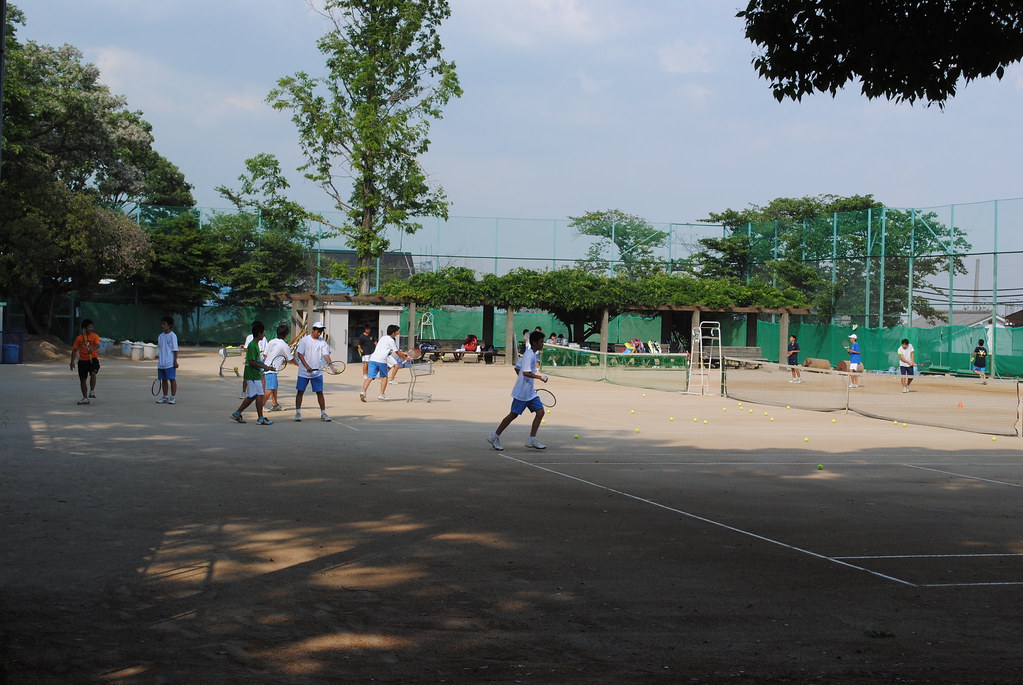

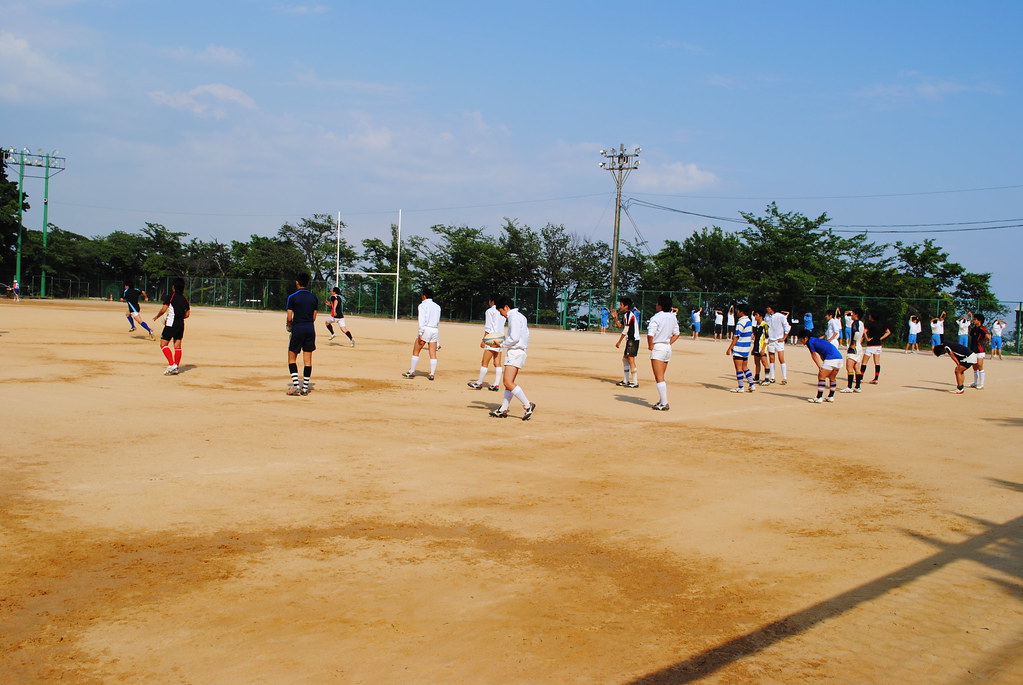
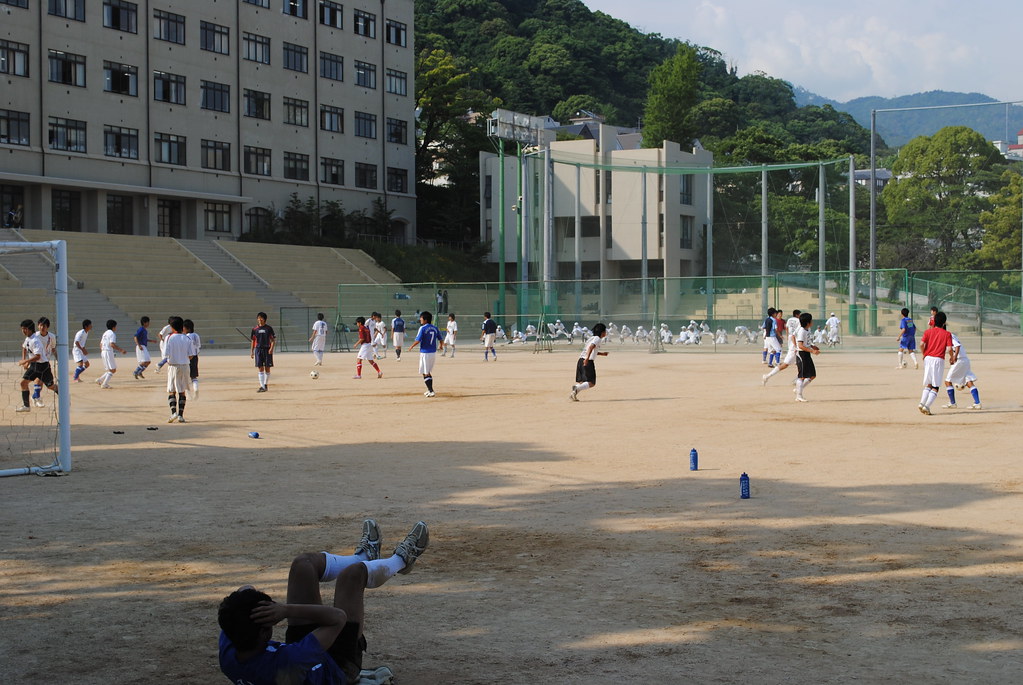
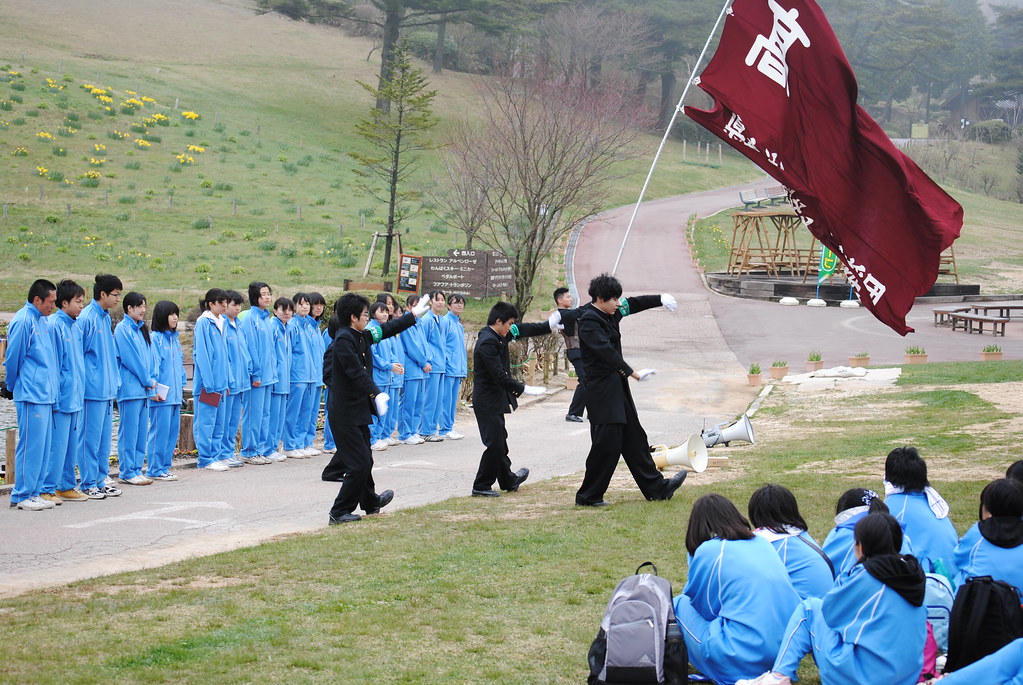
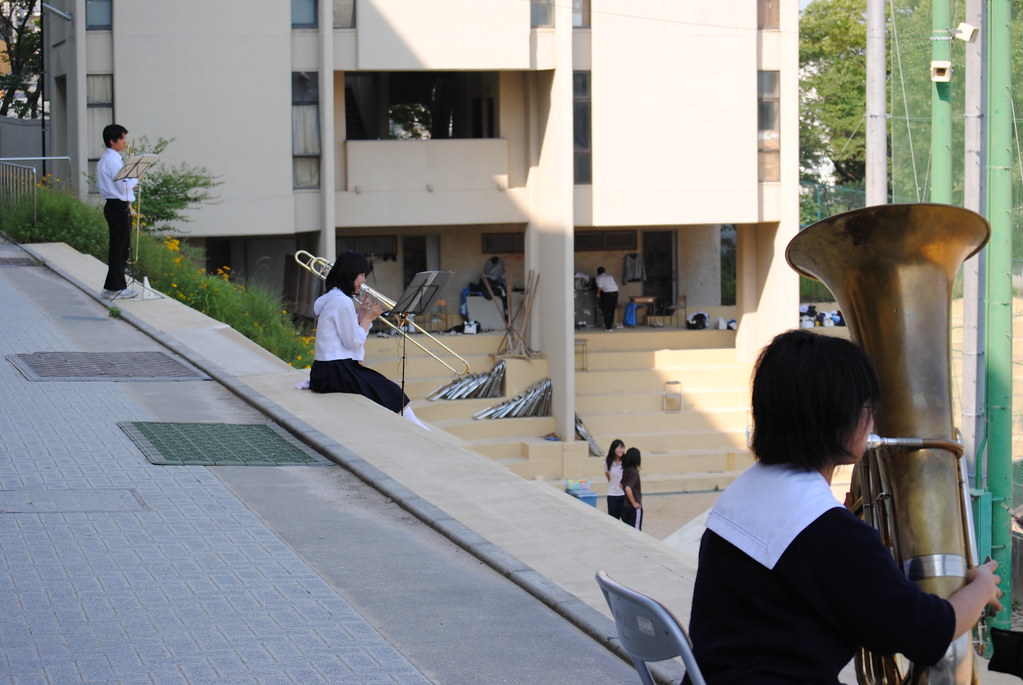



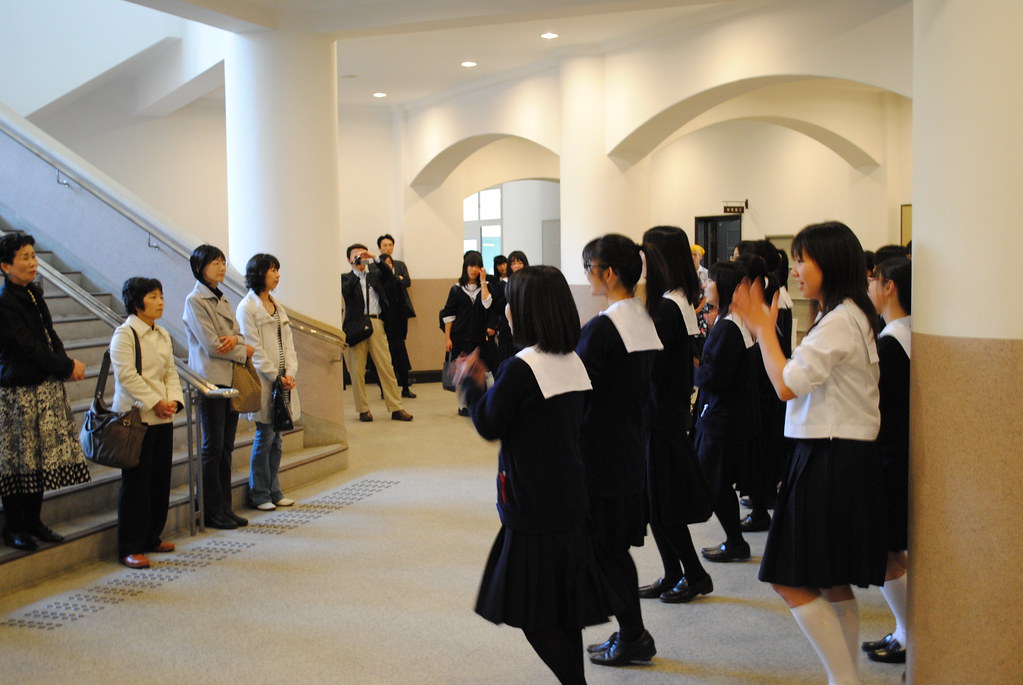

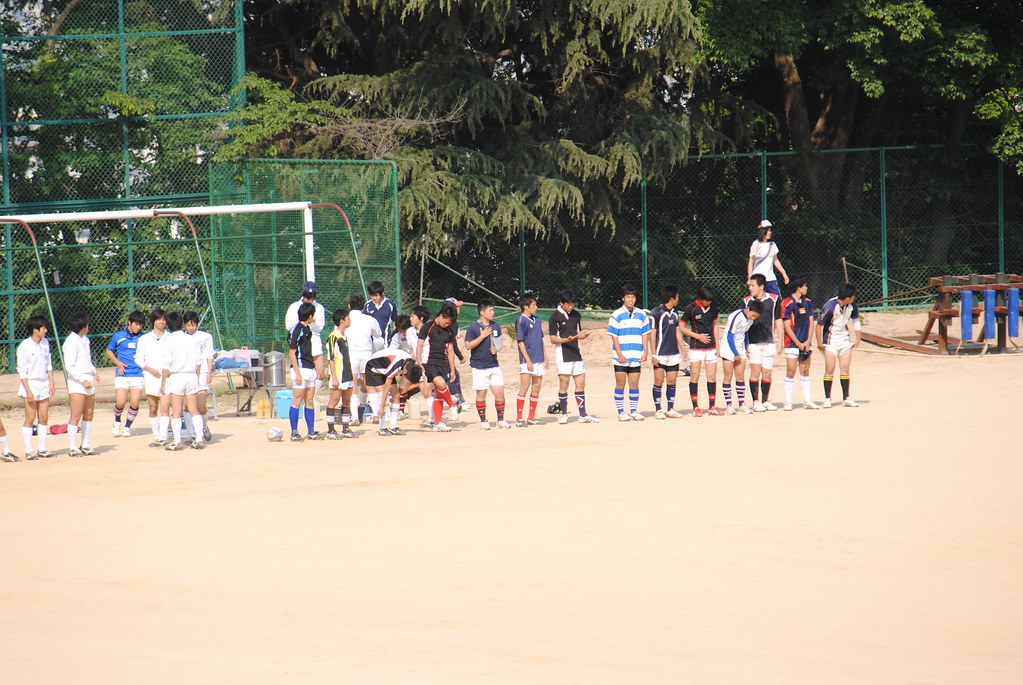

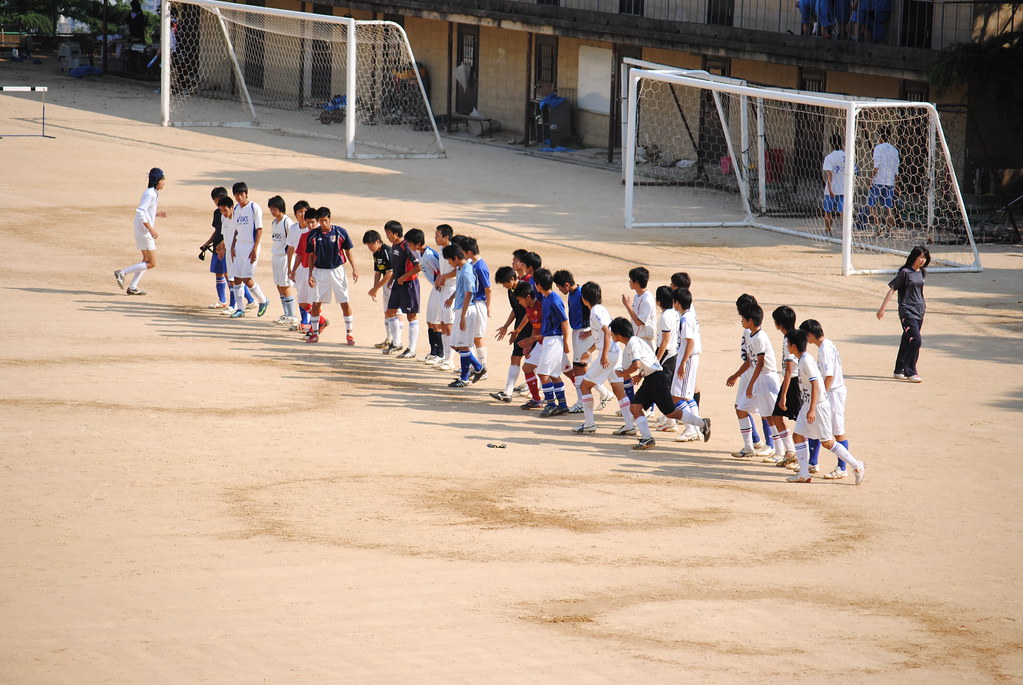
No comments:
Post a Comment
If you have any questions or additions, I would love to hear from you. I may not know the answer, but I'll do my best to find out in any case! You can post anonymously if you like, but abusive/unintelligible/inappropriate comments will not be published.